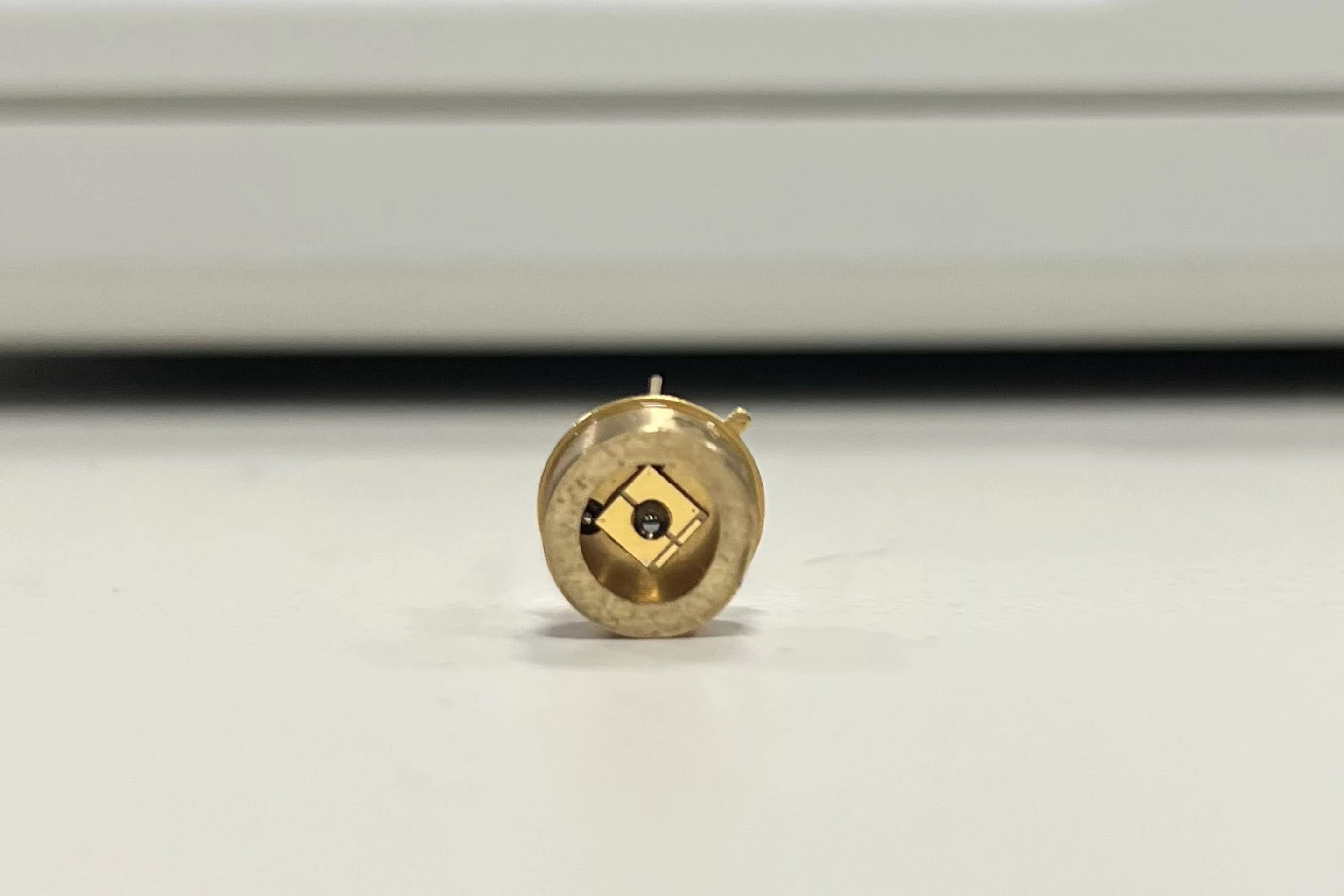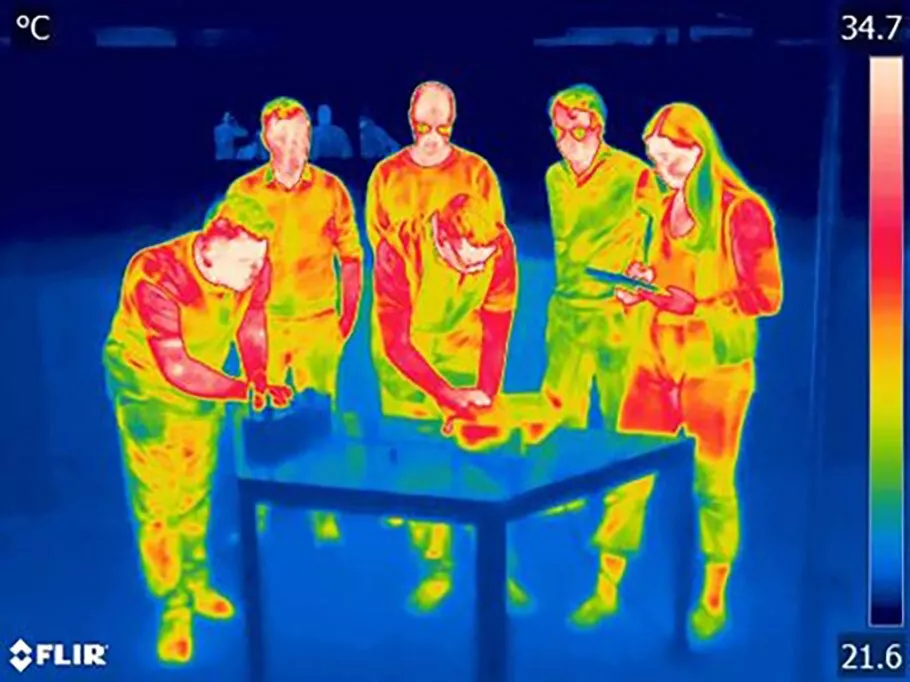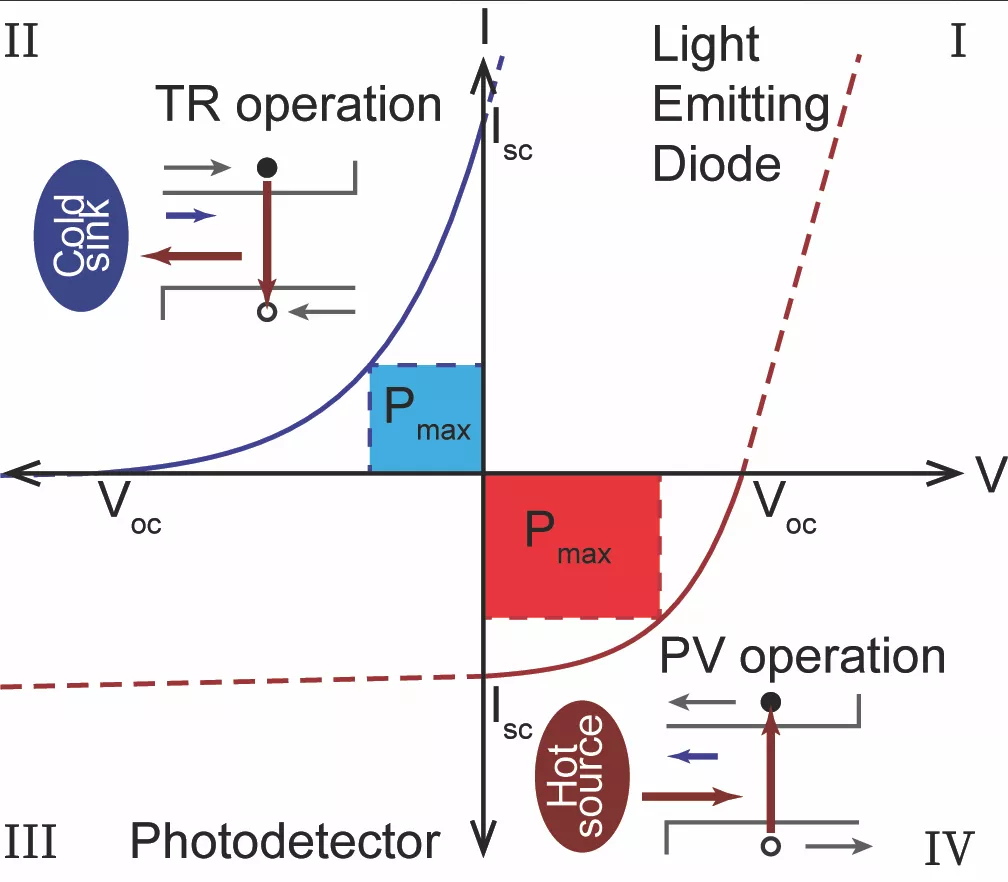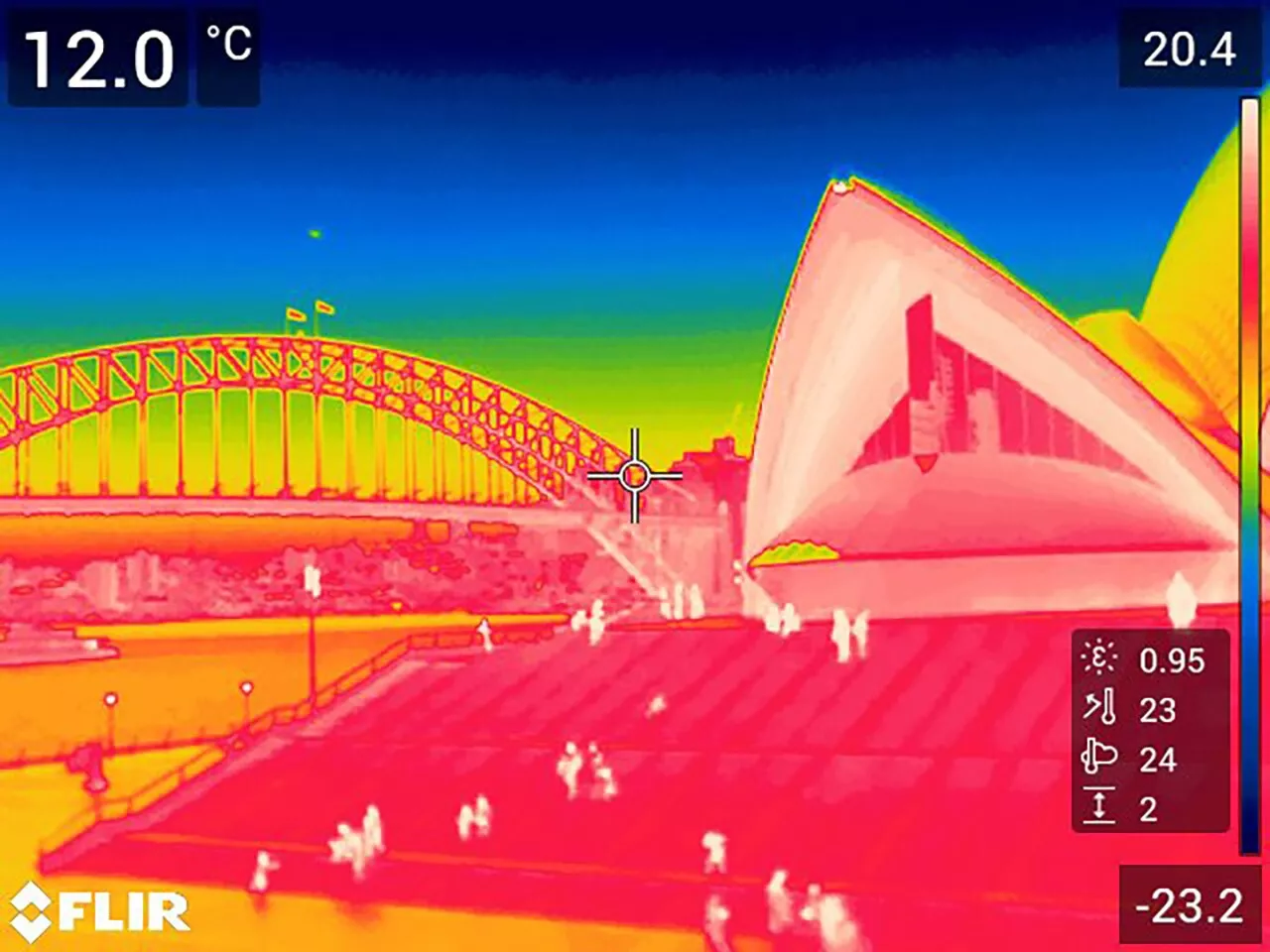A team from the University of New South Wales (UNSW) demonstrated the measurable power generated from "the opposite of traditional solar cells", which is the first time such technology has been realized in the world. It is reported that it can eventually generate about 1 / 10 of the power of solar panels - but at night.

As we all know, solar panels absorb energy from sunlight and convert it into electric energy. In short, they use two differently treated silicon semiconductor layers in the p-n junction. Among them, the N layer is doped with additional electron "donor" impurities, and the p layer is doped with "acceptor" impurities - the space for electrons to enter - has a "depletion region" in the middle, where these electrons and electron receiving holes will more or less offset each other and form a barrier to prevent all electrons on the N plane from diffusing directly to the P plane.
When sunlight shines on the battery, the heat energy in the incoming photons is absorbed in silicon. If the electrons in the depletion region get enough energy to skip the band gap on both sides, they can jump out of their holes and be accelerated to cross the N side and increase the voltage potential on both sides. After connecting the two sides together in an external circuit, the electrons can return to the P-plane and do electrical work.
All this means that it is the thermal energy of photons from the sky that starts the process. But this is not just a one-way process. As our planet rotates, solar radiation heats the earth during the day, but the earth releases this energy as infrared light at cool nights. A research team at the University of New South Wales is trying to use this infrared photon flowing into cooler air.

The team's device, called a thermal radiation diode, works basically the opposite of a solar cell. It receives heat radiated upward from the earth (or any other heat source) to a colder area and converts the energy flow across the temperature difference into electromotive force. It is made of some of the same materials used in infrared night vision goggles.
Dr Michael Nielson, a lecturer and researcher at the school of photovoltaic and renewable energy engineering at the University of New South Wales, said in an email intermediary: "functionally, it is indeed the opposite of traditional solar cells. However, it still uses a semiconductor p-n junction as the core of the device (just reverse operation) 。 Thermodynamically, the idea that we can generate energy through light emission rather than absorption may be a stumbling block for many people, but much like solar cells, what we finally have here is a thermal engine. The difference is that we change the power converter from the cold end to the hot end. "
Wherever there is energy flow, we can switch between different forms, "said associate professor ned Ekins daukes, co-author of the research paper.

This "emission energy collector" was proposed theoretically as early as 2014, but this new paper published in ACS photonics marks the first time that this kind of thing has been proved to actually produce measurable power.
It should be pointed out that at this stage, this is not a great power. When the temperature difference was only 12.5 ℃, the team managed to measure the peak thermal radiation electric power density of 2.26 MW per square meter, and the radiation efficiency was estimated to be 1.8%.
"At present, the demonstration of the thermal radiation diode we have is relatively very low power. One of the challenges is to actually detect it. But in theory, this technology may eventually produce about 1 / 10 of the power of solar cells," Ekins daukes said

In fact, it is possible to use this technology to generate energy from anything that emits light when observed with a thermal imager. This may include collecting energy from industrial waste heat, or even creating bionic devices that rely on the body's own heat.
The research team said that this is an early step to a large extent. Obviously, they still have a long way to go in terms of optimization and development. However, they hope that the business world can intervene to fund and promote the next stage of work.